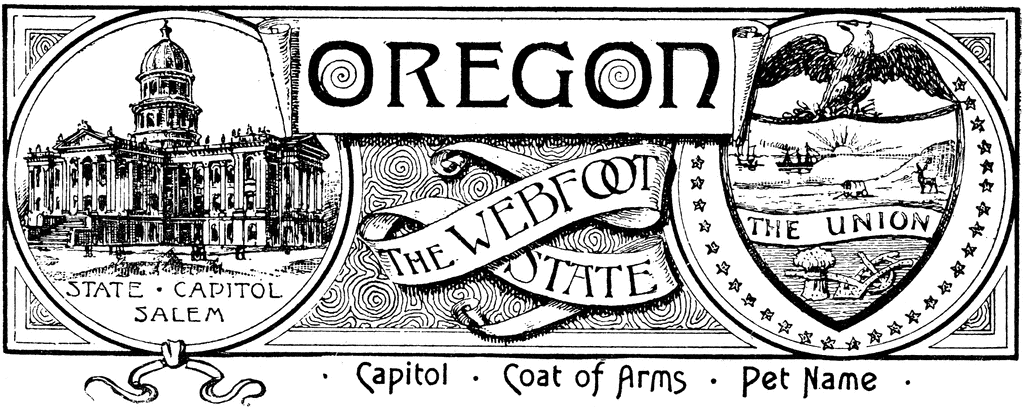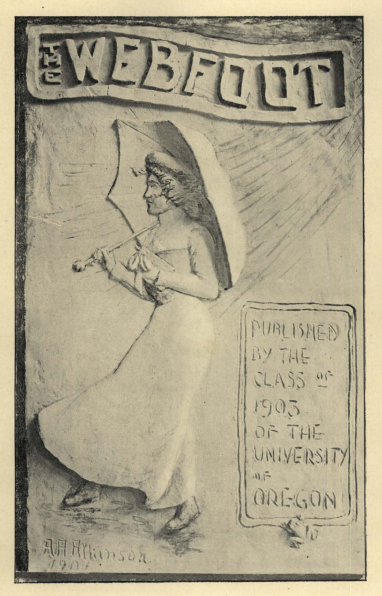Native Hawaiians believe ʻiwi (the bones) to be the primary physical embodiment of a person. Following death, ʻiwi are considered sacred, for within the bones reside the person’s mana (spiritual essence.) Mana was greatly valued, and native Hawaiians spent their lives maintaining and enhancing their mana. (Halealoha Ayau)
For native Hawaiians, it was important for the bones of a deceased person to complete their journey and return to the ground to impart their mana.
From island to island, community to community and family to family, there were many different ways to prepare bodies for burial. Each method was appropriate for the individual and his or her status. Burial locations were one of the most secretive traditions in a culture over a thousand years old. (DLNR)
Sometimes the bones of the dead were dug up out of the burial grounds to be used for arrows for rat shooting and for fishhooks, and the bones and bodies of the newly buried were dug up for food and bait for sharks.
For this reason, surviving family members sought places of concealment for the bones of their grandparents, parents, children, chiefs and relatives. They searched for deep pits (lua meki) in the mountains, and for hiding pits (lua huna) and hiding caves (ana huna) along the deep ravines and sheer cliffs frequented by koa‘e birds. (Kamakau; Kumu Pono)
For some, including the high aliʻi, often their ʻiwi were placed in secret burial caves (ana huna.)
A few of the notable areas burial areas with secret burial caves include, ʻIao Valley, Pohukaina, Pali Kapu o Keōua and the reported cave burial of Kahekili and Kamehameha at Kaloko.
ʻIao Valley (Maui)
For centuries, high chiefs and navigators from across the archipelago were buried in secret, difficult-to-access sites in the steep valley walls of ʻIao on Maui.
‘Iao Valley became a “hallowed burying place for ancient chiefs” and is the first place mentioned in the historical legends as a place for the secret burials of high chiefs.
Because this was sacred ground, commoners were not permitted to enter the valley, except for the Makahiki festival. Some suggest the last burial was in 1736, with the burial of King Kekaulike.
Pohukaina (Oʻahu)
“There is only one famous hiding cave, ana huna on Oʻahu. It is Pohukaina… This is a burial cave for chiefs, and much wealth was hidden away there with the chiefs of old … Within this cave are pools of water, streams, creeks, and decorations by the hand of man (hana kinohinohiʻia), and in some places there is level land.” (Kamakau)
Pohukaina involves an underground burial cave system that connects with various places around O‘ahu and is most notable as the royal burial cave at Kualoa. The opening in the Honolulu area is in the vicinity of the Kauikeaouli (Kamehameha III) residence (the grounds of ʻIolani Palace,) where also many of the notable chiefs resided. (Kamakau; Kumu Pono)
The opening on the windward side on Kalaeoka‘o‘io faces toward Ka‘a‘awa is believed to be in the pali of Kanehoalani, between Kualoa and Ka‘a‘awa, and the second opening is at the spring Ka‘ahu‘ula-punawai.
On the Kona side of the island the cave had three other openings, one at Hailikulamanu – near the lower side of the cave of Koleana in Moanalua—another in Kalihi, and another in Pu‘iwa. There was an opening at Waipahu, in Ewa, and another at Kahuku in Ko‘olauloa.
The mountain peak of Konahuanui was the highest point of the ridgepole of this burial cave “house,” which sloped down toward Kahuku. Many stories tell of people going into it with kukui-nut torches in Kona and coming out at Kahuku. (Kamakau; Kumu Pono)
Pali Kapu O Keōua (Kealakekua, Hawaiʻi Island)
Keōua (father of Kamehameha I) and Kalaniʻōpuʻu (aka Kaleiopuʻu & Kalaiopuʻu) were half-brothers, sons of Peleioholani. During the illness of Keōua, at his residence in Hilo, a messenger was sent to Kaʻū to notify Kalaniʻōpuʻu of his brother’s illness; he immediately started for Hilo.
Keōua said to Kalaniʻōpuʻu, “Brother, I cannot live long, for our uncle Alapaʻinui has an evil disposition and is praying me to death. My only request to you is to take my young son Kamehameha and keep him with you, for some day he will become famous and will add luster to our lineage; do not neglect him.”
Kalaniʻōpuʻu sent for their kahuna; as soon as the kahuna saw Keōua he advised Kalaniʻōpuʻu to return home, as it was impossible for his brother to live. (He died shortly thereafter; his remains were transported to Kona.)
On arriving at Kailua great preparations were being made for the mourning ceremonies. Wailing, removing the teeth, shaving the head, etc, took place. After these ceremonies Kalaniʻōpuʻu headed for Kaʻawaloa to await the remains of his brother Keōua from Hilo.
On their arrival they were deposited in a cave three-fourths of the way up the pali, whence it was called “Ka Pali Kapu O Keōua (at Kealakekua Bay.”) (Diary of George Hueu Davis, the Son of Isaac Davis; Henriques)
Later, in 1829, Kapiʻolani “and Kaʻahumanu removed the bones of (Kapiʻolani’s) father, and more than a score of other deified kings and princes of the Hawaiian race, from their sacred deposit, – may be the “House of Keave” at Honounou, – placing them out of the way, in one of the caves high in the precipice at the head of the bay where she resided.” (Anderson, 1864)
(A little side note on Pali Kapu O Keōua … while I was at DLNR, the 2006 Kohala earthquakes exposed a previously unknown burial cave on the side of the Kealakekua cliff. Because we had concerns about keeping the cave secret, I asked FEMA to document this new cave in a separate, non-public report, aside from the general (public) earthquake damage report. They agreed; the cave was subsequently sealed.)
Kaloko (Kona, Hawaiʻi Island)
An early traditional reference to the area in the late eighteenth century mentions the burial of Kahekili, the ruler of Maui, in a hidden cave at Kaloko. However, the most significant burial ceremony traditionally reported to have taken place there is that of Kamehameha, although there is no firm proof of this. (NPS)
Following his death, Kamehameha’s bones were supposedly transported by canoe from Kailua to Kaloko, where the bearers of the royal remains met the man in charge of the secret burial cave, and together they placed the bones in the same depository used for Kahekili.
“Kaloko (pond) is another famous burial area; it is in Kekaha, Hawaii. (In a cave that opens into the side of the pond) were laid Kahekili, the ruler of Maui, his sister Kalola, and her daughter, Kekuʻiapoiwa Liliha, the grandmother of Kamehameha III. … This is the burial cave, ana huna, where Kameʻeiamoku and Hoapili hid the bones of Kamehameha I so that they would never be found.” (Kamakau; NPS)
In 1887 King Kalākaua designated a man named Kapalu, who had guided him to a burial cave at Kaloko in which he supposedly beheld Kamehameha’s bones, as overseer and keeper of the “Royal Burial Ground” at Kaloko.
A year later Kalākaua wrote that he ordered Kapalu to retrieve the bones, which the king took to Honolulu and deposited in the Royal Mausoleum in Nuʻuanu Valley. (Barrère; NPS) (Questions remain as to where Kamehameha was buried.)
















































